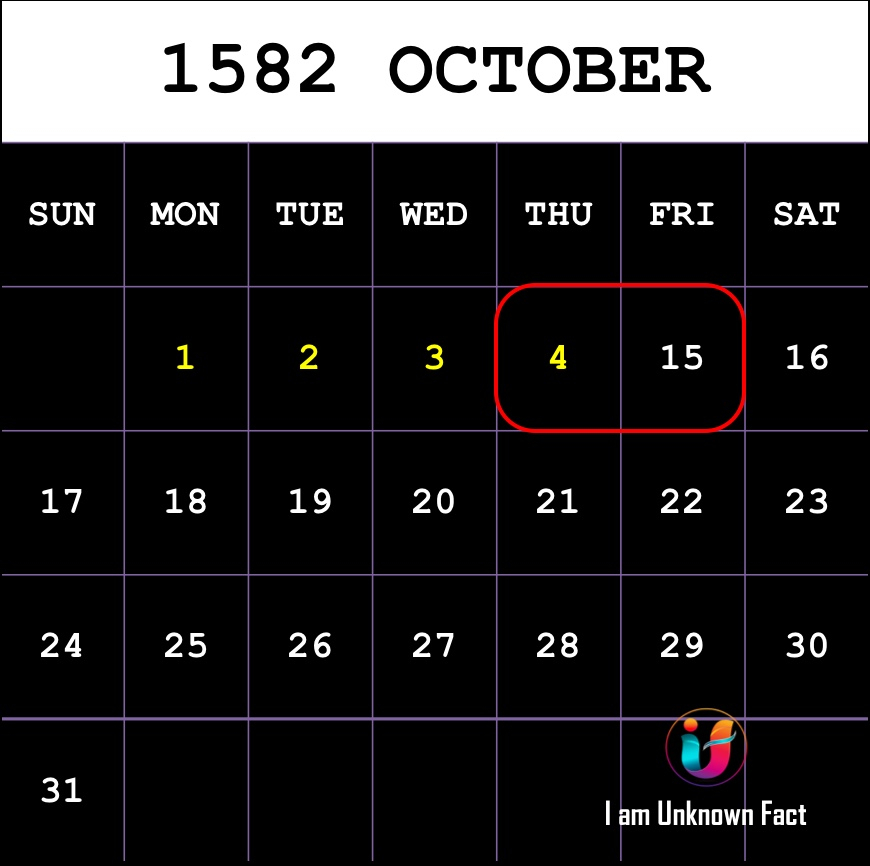In October 1582, a significant event took place in the history of calendars known as the Gregorian calendar reform. This reform was implemented by Pope Gregory XIII to address the inaccuracies in the Julian calendar, which had been in use for over 1,500 years. The Julian calendar, introduced by Julius Caesar in 46 BC, had a slight miscalculation in the length of the solar year, leading to a discrepancy between the calendar year and the actual time it takes for the Earth to complete its orbit around the sun.
The reform involved skipping 10 days from the calendar to realign it with the astronomical year. This adjustment was necessary to correct the drift that had accumulated over centuries due to the Julian calendar’s leap year rule, which added an extra day every four years without accounting for the slightly shorter solar year. The new calendar also introduced a more accurate leap year rule to ensure better synchronization with the seasons.
October 1582 Calendar History
Impact on October 1582
As a result of the calendar reform, October 1582 had only 21 days instead of the usual 31 days. The days from October 5 to October 14 were skipped, and the day following October 4 was declared as October 15. This change was met with some resistance initially, as people were confused and concerned about losing days from their lives. However, over time, the benefits of a more accurate calendar became evident, and the Gregorian calendar was gradually adopted by countries around the world.
The Gregorian calendar is now the most widely used calendar system globally, with only a few countries still using alternative calendars. The reform in October 1582 marked a significant moment in the history of timekeeping, leading to a more precise and reliable method of tracking the passage of days, months, and years.
